The Ayodhya tour was a deeply spiritual and enriching experience. Visiting the Ram Janmabhoomi and exploring the serene ghats along the Sarayu River was unforgettable. Our guide shared insightful stories about the city's history and religious significance. A must-visit for anyone seeking cultural and spiritual connection
- Home
- About Us
- International
- Africa
- America
- Asia
- Australia & New Zealand
- Europe
- Middle East
AfricaEgypt
Mauritius
Zimbabve
AmericaAsiaAustralia & New ZealandEuropeCentral and Eastern Europe
Highlights
Mediterranean Europe
Middle East - Domestic
- North India
- South India
- East and North East
- Rajasthan, West and Central
North IndiaDelhi
Himachal Pradesh
Uttarakhand
Amritsar
Chandigarh
Punjab & Haryana
Uttar Pradesh
South IndiaAndaman and Nicobar Islands
Kerela
Andhra Pradesh
Tamil Nadu
East and North EastAssam
Nagaland
Tripura
Meghalaya
Rajasthan, West and Central - Temple Darshan
- Group Booking
- Blogs
- Contact Us
Sights

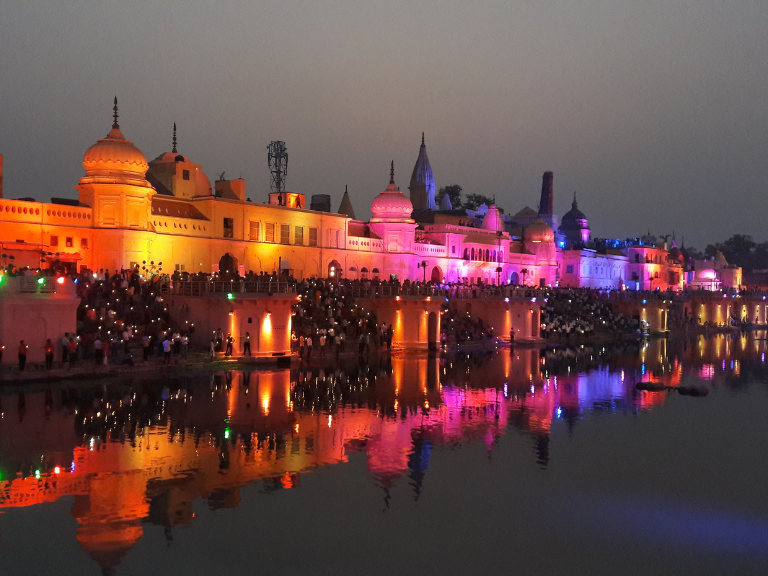
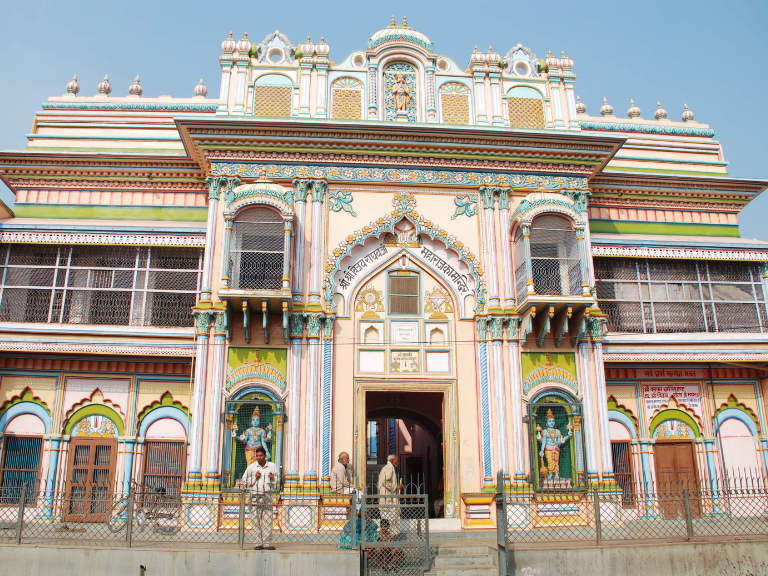
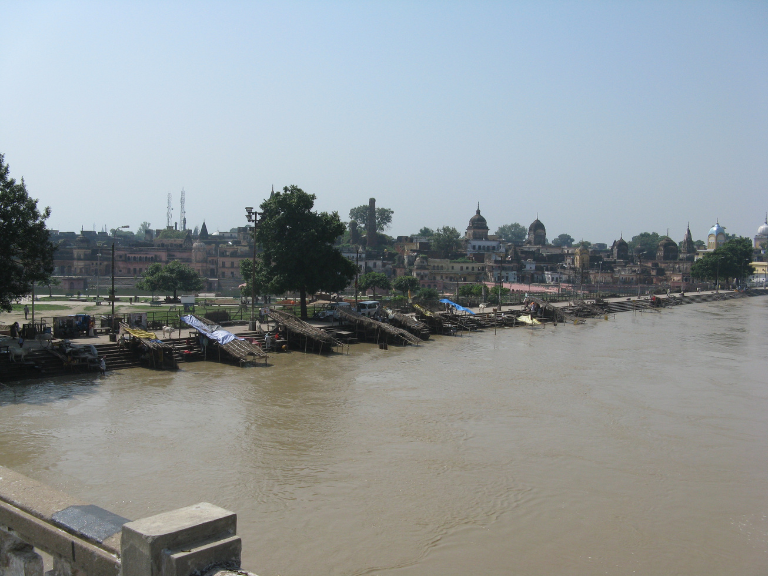
Explore Ayodhya
Ayodhya is a historic and religious city in the state of Uttar Pradesh, India. Known as the birthplace of Lord Rama, it holds immense significance in Hindu mythology and is one of the seven sacred cities (Sapta Puri) in Hinduism. Situated on the banks of the Saryu River, Ayodhya has been a spiritual and cultural center for centuries. The city is experiencing a resurgence in prominence due to the construction of the Ram Mandir and increasing attention from pilgrims and tourists alike.
Places You'll See
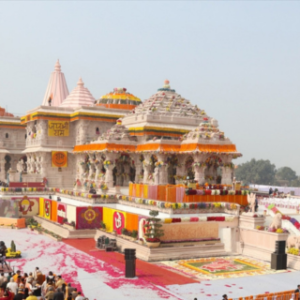
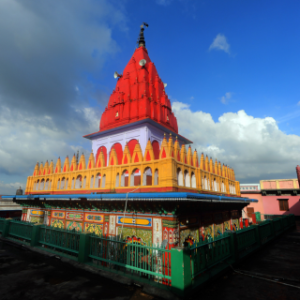
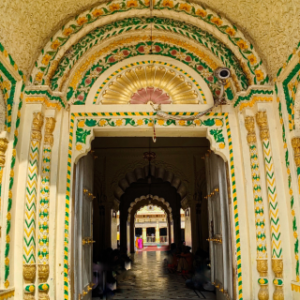
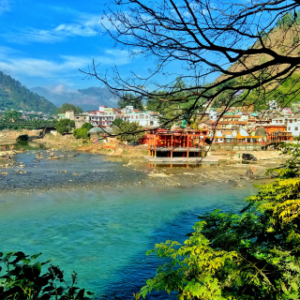
Tour Highlights
- Well planned Tour itinerary.
- Kitchen as per our own convenience.
- Best hotels through out the tour.
- Stay in destinations that have proper facilities like hospitals, Market.
- Our groups are scheduled back to back, which is very helpful.
Tour Itinerary
Ayodhya
Days Plan
Day 1: Arrival & Ram Janmabhoomi Temple
Morning:
- Arrival in Ayodhya: Check into your hotel and freshen up.
- Breakfast: Start with a hearty breakfast at Brahman Bhojanalaya, known for its traditional vegetarian food.
- Ram Janmabhoomi Temple: Visit the Ram Janmabhoomi Temple, the sacred birthplace of Lord Rama, and soak in the spiritual atmosphere.
Afternoon:
- Kanak Bhawan Temple: Explore Kanak Bhawan, a beautiful temple dedicated to Lord Rama and Sita, featuring intricate architecture.
- Lunch: Enjoy a traditional vegetarian thali at Ram Rasoi, a popular spot for pilgrims.
Night:
- Sarayu River Ghat: Spend your evening by the Sarayu River, participating in or witnessing the peaceful Aarti ceremony.
- Dinner: Have dinner at Hotel Krishna Palace, offering North Indian and Awadhi cuisine.
- Nightlife: Ayodhya is a quiet, spiritual city with no active nightlife, but you can take a serene night walk around the Ghats.
Day 2: Temples of Ayodhya
Morning:
- Hanuman Garhi Temple: Start your day at the Hanuman Garhi Temple, a famous shrine dedicated to Lord Hanuman, offering panoramic views of the city.
- Breakfast: Enjoy a simple but delicious breakfast at a nearby street vendor offering poori-sabzi and chai.
Afternoon:
- Nageshwarnath Temple: Visit the Nageshwarnath Temple, dedicated to Lord Shiva and known for its unique history tied to Kush, Lord Rama’s son.
- Lunch: Have lunch at Shree Bhog Restaurant, known for its wholesome Indian meals.
- Treta ke Thakur Temple: Explore this temple, believed to house the idols of Lord Rama, Sita, Lakshman, Bharat, and Shatrughan.
Night:
- Guptar Ghat: Head to Guptar Ghat, where Lord Rama is believed to have taken his Jal Samadhi. Watch the sunset over the Sarayu River.
- Dinner: Relish local cuisine at Ram Bharose Bhojanalaya, known for its authentic vegetarian dishes.
Day 3: Historical and Mythological Spots
Morning:
- Sita Ki Rasoi: Begin your day with a visit to Sita Ki Rasoi, an ancient kitchen said to have been used by Sita, located near Ram Janmabhoomi.
- Breakfast: Enjoy breakfast at a local eatery, trying kachoris and lassi.
Afternoon:
- Mani Parbat & Sugriv Parbat: Explore these two hillocks associated with the Ramayana, offering historical and mythological significance.
- Lunch: Have lunch at Raghukul Bhojanalaya, a cozy spot serving traditional thalis.
- Ramkatha Park: Relax at Ramkatha Park, a landscaped area perfect for a leisurely stroll.
Night:
- Aarti Ceremony at Sarayu Ghat: Witness the grand evening Aarti ceremony at Sarayu Ghat, an unforgettable spiritual experience.
- Dinner: Dine at Royal Rasoi, which serves both local and North Indian dishes.
Day 4: Nearby Excursions (Faizabad)
Morning:
- Faizabad Excursion: Take a short trip to Faizabad, about 7 km from Ayodhya, a historic town known for its Nawabi culture. Visit the Gulab Bari, the tomb of Nawab Shuja-ud-Daula, surrounded by fragrant rose gardens.
- Breakfast: Enjoy breakfast at a café or a roadside dhaba en route.
Afternoon:
- Lunch in Faizabad: Relish Awadhi cuisine at Zaika Restaurant, famous for its kebabs and vegetarian delicacies.
- Moti Mahal: Visit the historic Moti Mahal, a palace built during the Nawabi era, showcasing architectural brilliance.
Night:
- Return to Ayodhya: Return to Ayodhya for the evening.
- Dinner: Have dinner at Hotel Abha Regency, offering a mix of Indian and Chinese cuisines.
- Relaxation: Unwind at your hotel or take a quiet evening walk.
.
Day 5: Cultural Experiences & Shopping
Morning:
- Breakfast: Start your day with a local breakfast of jalebi and samosa at a popular street vendor.
- Ramayan Interpretation Center: Visit the Ramayan Interpretation Center, which provides a deep dive into the epic story of Lord Rama through exhibits and multimedia presentations.
Afternoon:
- Shopping: Explore the local bazaars for souvenirs like idols, religious artifacts, and Ayodhya-themed handicrafts. Rang Mahal Bazaar is a great spot for unique finds.
- Lunch: Enjoy a meal at Saryu Bhavan, a restaurant specializing in traditional vegetarian dishes.
- Vijayraghav Mandir: Visit this ancient temple dedicated to Lord Vishnu, known for its serene ambiance and exquisite carvings.
Night:
- Cultural Performance: Attend a Ramayana-themed dance drama or a folk music performance, often organized during festivals.
- Dinner: Dine at Sadhu Bhojanalaya, known for its authentic, sattvic meals.
Notes:
• 2 passport size photos
• Adult – Original + photocopy of any of the ID proof i.e. Aadhar Card / Driving Licence / Voters ID / Passport
• Child – Original + photocopy of any of the ID proof i.e. Aadhar Card / School ID / Passport
• Infant – Aadhar Card / Birth certificate
• NRI / Foreign nationals – Mandatory Passport + Valid Indian visa / OCI card / PIO card
• Above mentioned ID proof is mandatory at the time of booking and carry the same ID proof on tour as well
Ayodhya,India
Tour Details
Hear from Our
Happy Travelers
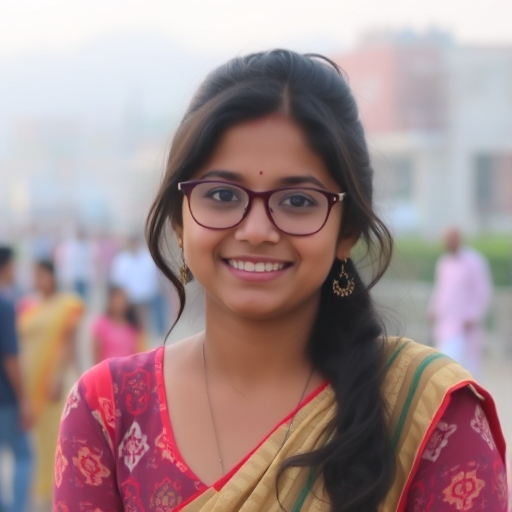
Exploring Ayodhya was truly magical! From the iconic temples to the tranquil riverside, every moment felt special. The guide’s knowledge of the city's mythology and heritage added so much value to the tour. Highly recommend this for anyone exploring India's cultural roots!

Best Time to Visit Ayodhya
The ideal time to visit Ayodhya is October to March, when the weather is pleasant and perfect for exploring its rich religious and historical sites.- Weather:
- Winter (October to March): Temperatures range from 8°C to 20°C (46°F to 68°F), offering comfortable weather for sightseeing and religious rituals.
- Summer (April to June): Summers are hot, with temperatures reaching 35°C to 42°C (95°F to 108°F), which can make travel uncomfortable.
- Monsoon (July to September): Monsoons bring moderate rainfall, with a cooler climate but potential disruption due to rains.
- Festivals:
- Ram Navami (March/April): Celebrated with great fervor, marking the birth of Lord Rama.
- Deepotsav (October/November): The city is illuminated with lamps to commemorate Lord Rama’s return to Ayodhya after defeating Ravana.
How to Reach Ayodhya
Ayodhya is well-connected by train, road, and air, making it accessible from major cities in India.By Air
- Airport: Ayodhya International Airport (Shri Ram International Airport), located about 8 km (5 miles) from the city center, connects Ayodhya to major Indian cities.
- Alternative Option: Chaudhary Charan Singh International Airport (LKO) in Lucknow, located about 135 km (84 miles) away, offers more flight options.
By Train
- Ayodhya Junction and Faizabad Junction are the primary railway stations, connected to major cities like Lucknow, Delhi, and Varanasi.
- Trains: Multiple express and passenger trains provide direct connectivity to Ayodhya.
By Road
- Highways: Ayodhya is accessible via NH 27 and NH 19, with good road connectivity to Lucknow, Gorakhpur, and Varanasi.
- Driving Distance:
- Lucknow to Ayodhya: Approximately 135 km (84 miles), about a 3-hour drive.
- Varanasi to Ayodhya: Approximately 200 km (124 miles), about a 4-hour drive.
- Buses: Regular state and private buses connect Ayodhya to neighboring cities.
Importance of Visiting Ayodhya
Religious and Mythological Significance
Ayodhya is considered one of the most sacred cities in India and holds immense significance in Hinduism:- Ram Janmabhoomi Temple: A grand temple dedicated to Lord Rama, believed to be his birthplace.
- Hanuman Garhi: A popular temple dedicated to Lord Hanuman, offering panoramic views of the city.
- Kanak Bhawan: A temple gifted to Sita by Kaikeyi, renowned for its beautiful gold-plated idols of Rama and Sita.
- Treta Ke Thakur: A temple associated with Lord Rama’s Ashwamedha Yagna.
Cultural and Historical Sites
- Guptar Ghat: A serene spot on the banks of the Sarayu River where Lord Rama is believed to have taken his final journey.
- Nageshwarnath Temple: Built by Kush, the son of Lord Rama, it is a significant religious site in Ayodhya.
Festivals and Rituals
- Witness grand celebrations during Ram Navami and Deepotsav, when the entire city comes alive with spiritual fervor, lights, and processions.
- Participate in evening aarti at the Sarayu River, a mesmerizing and spiritual experience.
Food and Shopping
- Culinary Specialties: Try vegetarian delicacies like kachoris, laddoos, and puri-sabzi, widely available in the city.
- Shopping: Purchase religious artifacts, brass idols, and traditional sweets from local markets.
Personal Experience
Ayodhya is a city that embodies spirituality, history, and devotion. Walking through its ancient temples, ghats, and bustling markets, one can feel the deep connection to India’s mythological past. The city’s charm lies not only in its religious significance but also in the warmth and devotion of its people, making it a must-visit destination for anyone seeking a blend of culture, history, and faith.
Book Now and embark on your next unforgettable adventure
With our team of seasoned travel experts and local guides, we ensure that each trip is crafted to perfection, tailored to your preferences, and filled with unforgettable memories.



